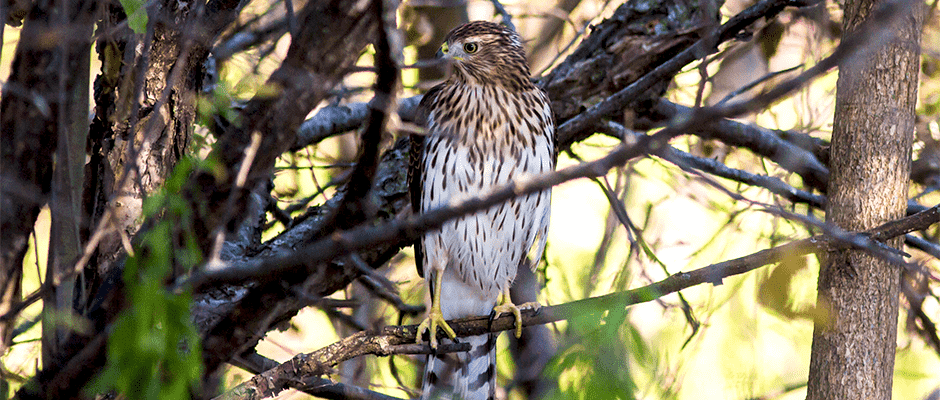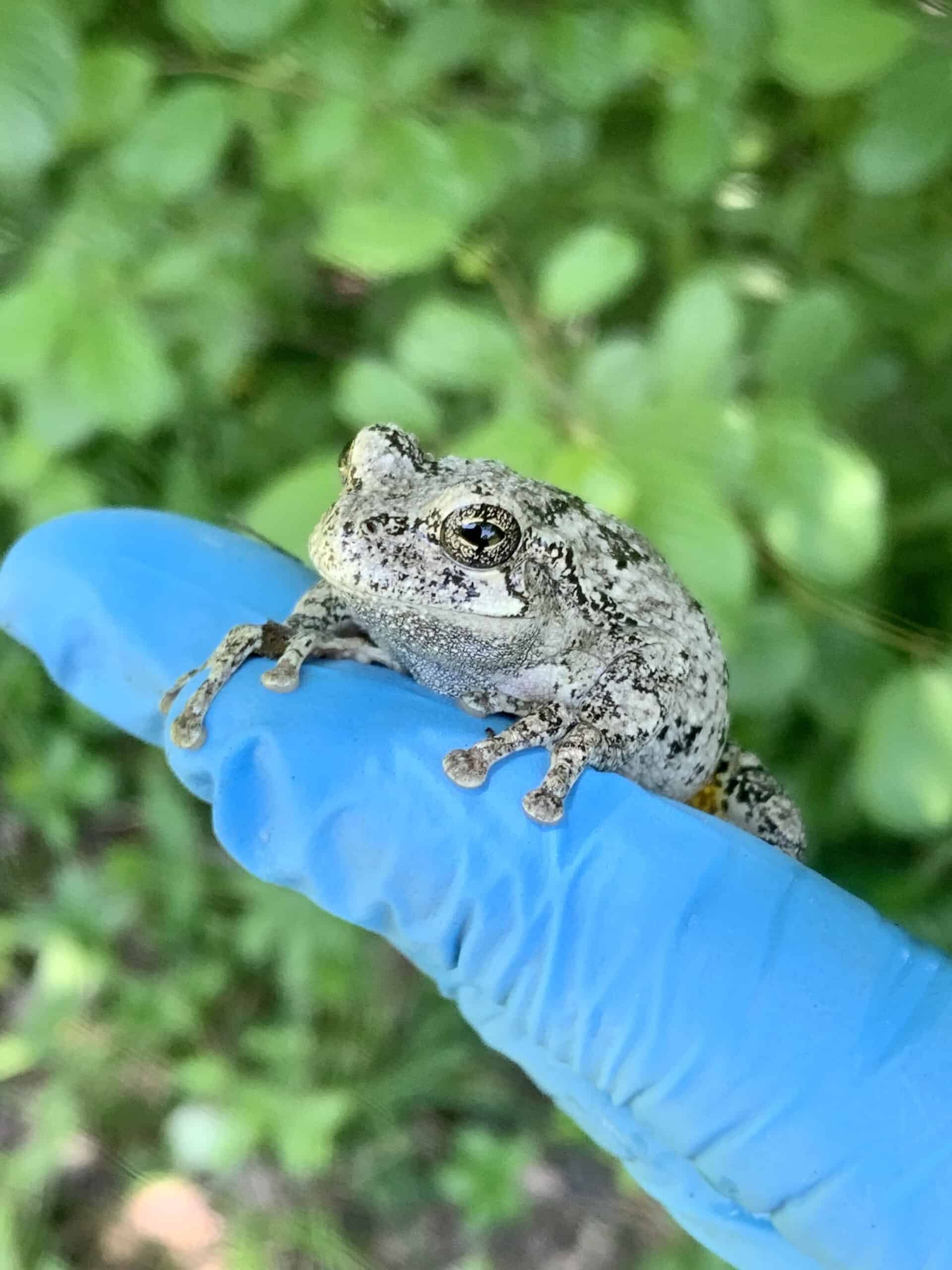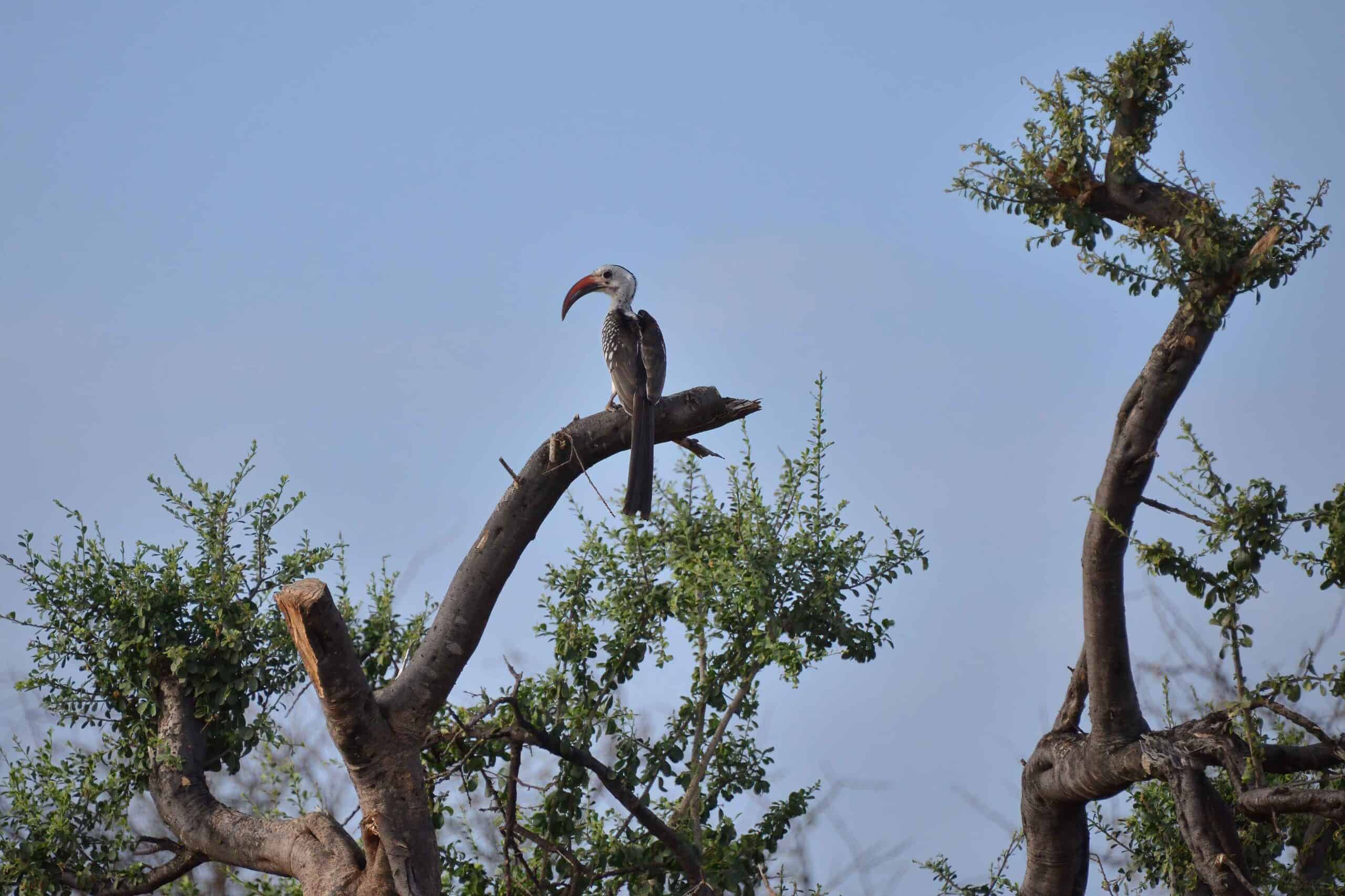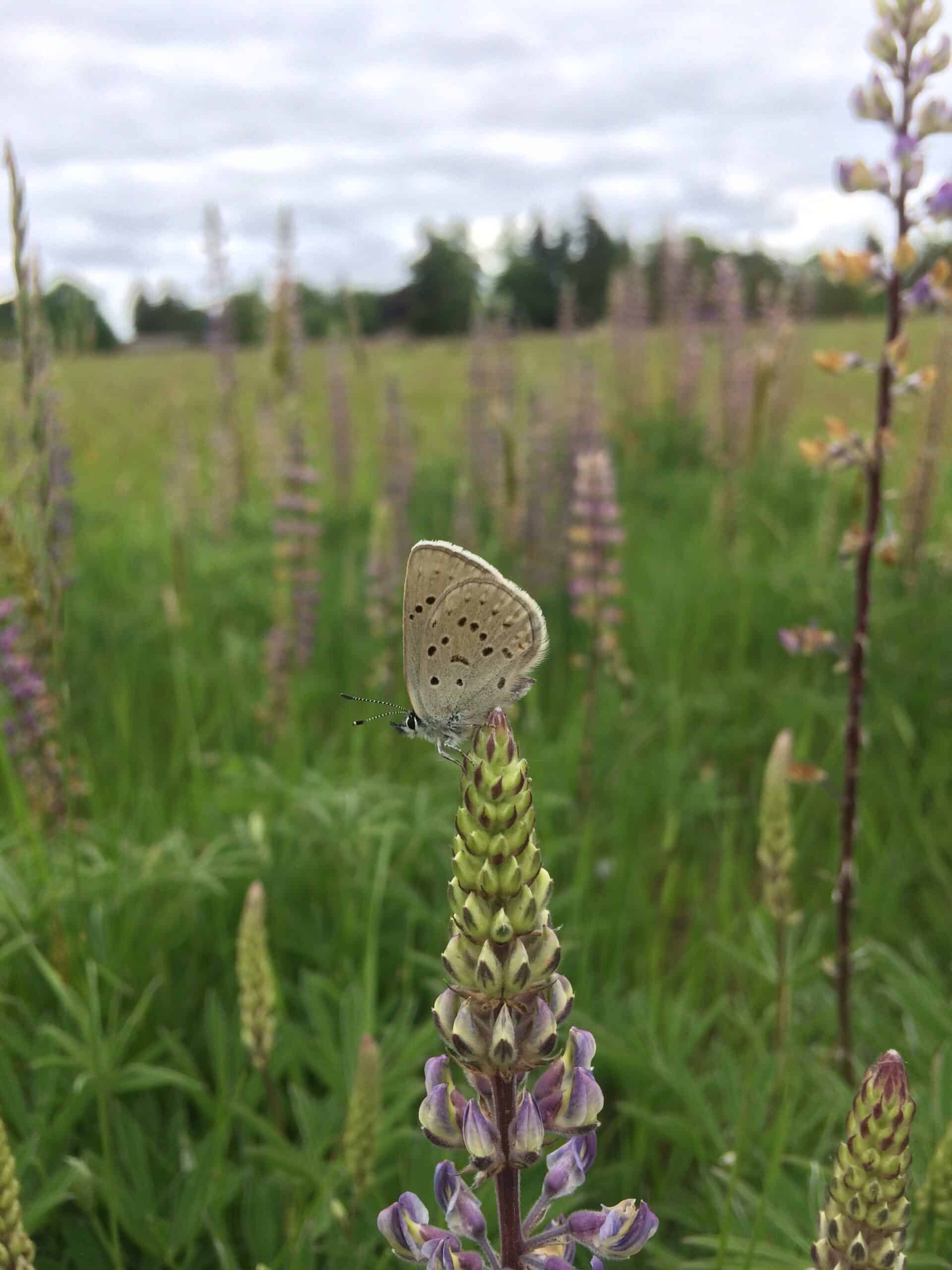Share this article
Urban hawks leave the city for the ’burbs
Cooper’s hawks (Accipiter cooperii) have taken well to city life in Albuquerque, New Mexico, and as they expand their range to non-urban areas, they’re displacing and out-competing their counterparts, a recent study found.
The findings suggest that in times of rapid ecological change, urban wildlife populations “may serve as important reservoirs of diversity,” wrote TWS member Brian Millsap, National Raptor Coordinator with the U.S. Fish and Wildlife Service, in his study published in The Condor: Ornithological Applications.
But Millsap said he wonders what the future may hold for these urban birds if they turn out to be unfit for country life.
Cooper’s hawks have been on the rise since the banning of the pesticide DDT. Their urban populations in Albuquerque have grown particularly fast due to the colonization and expansion of white-winged doves (Zenaida asiatica), a primary food source.
The hawks inhabit areas both outside the city, along the Rio Grande River and in the Sandia Mountains, and inside the city, in backyards, parks and other urban spots. But there’s a key difference between the two populations, Millsap found. Most females outside the city — the exurban population — migrate in the winter when the birds they prey on become scarce. Urban hawks stay through the winter. They find plenty of food all year.
That seems to put them at an advantage, Millsap said, allowing urban hawks to expand into the exurbs 30 times more than exurban hawks come to the city.
Migrating females face a higher risk of mortality, he suspects, and while they’re gone, resident females settle on their unattended nesting territories, giving those that stay behind a mating advantage over the ones that leave.
“Migrants are coming back to a limited numbers of nest sites, and then they experience higher mortality when they are fighting over nest territories,” Millsap said.
At first, Millsap said, he set out to study “floaters”— nonbreeding adult birds that wait around for nest sites to open up for them. The problem was, he couldn’t find any floaters.
“It was certainly surprising,” said Millsap, who is a PhD candidate at New Mexico State University. “We expected half or more of one-year-old birds to not find nest sites and wander around until they found an opening.”
Instead, they appeared to have found open nests, as well as mates, in the exurbs.
But Millsap said he wonders about the future of these hawks. Are they really selecting for traits that will be more successful? Or are hawks with less successful traits — but more food — displacing those with more successful traits while they’re gone.
“That could change the evolutionary landscape again,” he said, and over time, remove whatever advantage the urban birds once had.
Header Image: Cooper’s hawks that stay in the city outcompete their out-of-town counterparts. ©Melissa McMasters








